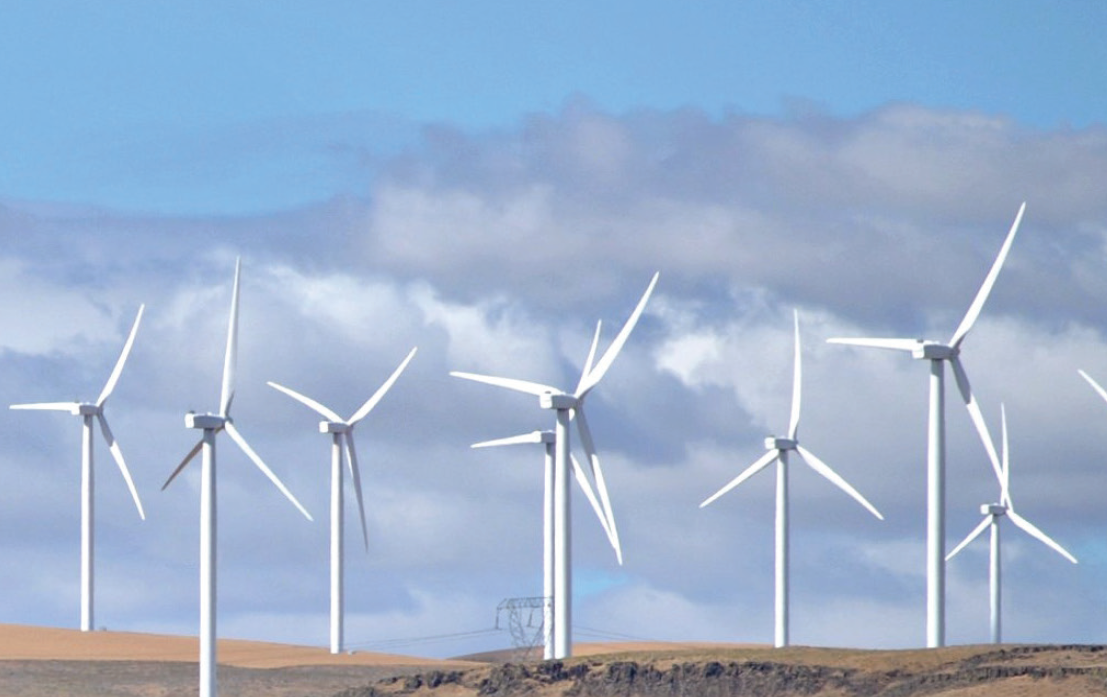
US developers to rethink business case
When US President Donald Trump recently reduced the corporate tax rate from 35% to 21% he decreased the appetite for tax equity players and accelerated the wind and solar industry’s shift towards a zero-subsidy market quicker than anticipated.
Reducing the corporate tax by 14 percent point means there is much less tax equity appetite in the market under the well-known PTC and ITC (Production Tax Credit and Investment Tax Credit) regimes.
Aside from the recent tax legislation, the PTC and ITC are scheduled to phase out in the next few years, further reducing the importance of tax equity to financing renewable energy projects.
This shift from viewing renewable energy investments as a platform to decrease corporate tax liability has opened the market for international investors, pension funds, sovereign wealth funds, and other entities without large U.S. tax appetites, to invest in the U.S. renewable industry through M&A activity.
Then what?
The US wind and solar market has historically been financed either via PTC/ITC support mechanisms or a classic debt finance structure and with these recent changes, we expect the market to revert to the latter once again. This will create an element of competition in the debt and project development markets, which will drive market players to innovate.
A market driven by a project debt financing model will open up for more players to enter the space - such as private equity, utilities or corporations - as it will become a more simplified financing and negotiation process with less deal terms and stakeholders at the table.
How to make money?
There is a great potential for developers and independent power producers to rethink project setup and structures so that the benefits of a competitive Levelized Cost of Energy (LCoE) can be maintained for renewables.
Many top tier site locations are already filled with wind turbines or solar panels, so if less-optimal sites are available for development, pre-construction yield calculations must be even more accurate.
Contract strategy (maybe replacing a full EPC setup to multi-contracting) must be reassessed to reduce costs and increase viability and asset management strategies must be well considered and in place at an early stage.
New technologies, such as increasing WTG rotor and better diagnostics to reduce O&M costs should be pursued to maintain a competitive LCoE for wind and solar compared to other energy sources. This combination of considerations can ensure a solid business case.
For investors and lenders, we do not see any shortage of financing opportunities or lack of interest to invest in the “right” project - on the contrary:
There is not a lack of capital, but a lack of projects.
To find out more, get in touch with Lars Andersen, who heads up our US office, to talk more about these insights: Get in touch




